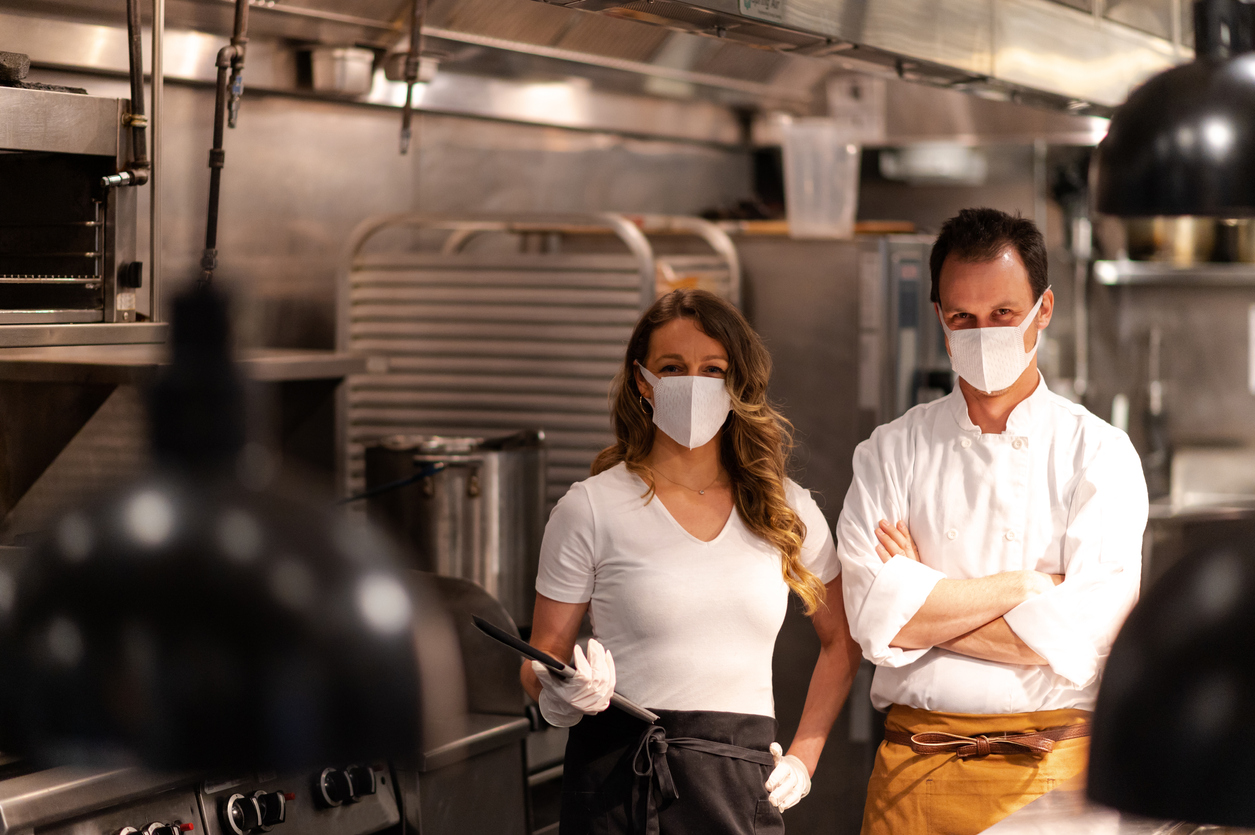2018 is here, and that means another minimum wage increase is hitting the California restaurant Industry.
We all knew the increase was coming, but that doesn’t make it any easier to deal with. With the current minimum at $11 an hour, profit margins, which are already razor thin, are now poised to take an even greater hit. Unfortunately, there is no relief in sight, as minimum wage will continue to increase every year until it caps at $15 an hour in 2020. And who knows what will happen after that?
Minimum wage seems to hit the restaurant industry harder than most, as almost 50 percent of restaurant employees work for minimum wage. And what still boggles my mind, is that restaurant lobbyists and California legislators STILL have not been able to negotiate any type of tip credit.
At times like these, it feels like we’re losing control over our ability to make a profit. So what do we do now? How can we gain control of this labor cost debacle?
The good news is, there are a few things we can do to minimize the impact. I’m not going to include raising prices in this blog, because there are so many variables to consider when raising prices. Suffice to say you will probably need to raise your prices to offset the wage increase. How much needs some detailed analysis.
Here are three things you should work on right away:
1. REDUCE EMPLOYEE TURNOVER. Some will argue we don’t have a labor crisis, we have a turnover crisis. The hardest job in 2018 will be finding, training, developing and retaining better employees. It costs far more to lose an employee than it does to hire and retain great employees. Keeping your team happy and engaged is crucial to reducing turnover.
2. BE DILIGENT. Accept the fact that you’re going to have to monitor all aspects of labor on a daily basis. This includes:
- Watching the clock like a hawk. After every shift you need to be certain that all employees have clocked in and out according to the
day’s schedule. - Optimize the schedule. Too many employees that don’t generate enough sales is a killer to your bottom line. You should consider using employee
scheduling software that can provide labor forecasting where you can integrate your POS historic sales data to forecast the right amount of labor needed down to the minute. The days of copying and pasting schedules are over. - Eliminate any unnecessary overtime. Another no-brainer here, however many restaurateurs are continually short-staffed and turn to overtime to fulfill their scheduling needs.
- Monitor your prep cooks. Time out their list for each day and make sure you hold them accountable to get it done in the required amount of time.
3. CROSS TRAIN YOUR TEAM. This isn’t a new revelation, but it’s more critical than ever. Cross training benefits the employee and the business. Both the front and back of the house needs to learn how to perform as many different positions as possible. This allows management to schedule fewer employees while still keeping the service standards where they should be.
Unfortunately, there really is no quick fix to offset the minimum wage increase. It takes the diligence of daily analysis to give yourself the best chance at keeping labor costs under control. The one thing you DON’T want to do is panic. That usually leads to making decisions that adversely affect the guest experience. You may see an immediate impact, but the erosion of guest counts that follow could ultimately doom your business.
For more information, contact penn@pennultimateconsulting.com.





